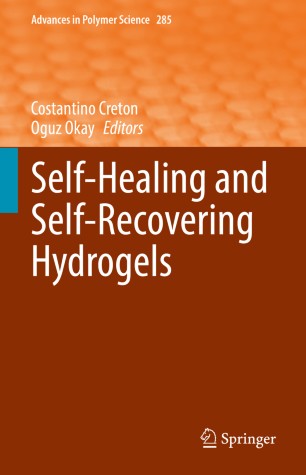

Most ebook files are in PDF format, so you can easily read them using various software such as Foxit Reader or directly on the Google Chrome browser.
Some ebook files are released by publishers in other formats such as .awz, .mobi, .epub, .fb2, etc. You may need to install specific software to read these formats on mobile/PC, such as Calibre.
Please read the tutorial at this link: https://ebookbell.com/faq
We offer FREE conversion to the popular formats you request; however, this may take some time. Therefore, right after payment, please email us, and we will try to provide the service as quickly as possible.
For some exceptional file formats or broken links (if any), please refrain from opening any disputes. Instead, email us first, and we will try to assist within a maximum of 6 hours.
EbookBell Team

4.0
16 reviewsThis volume covers experimental and theoretical advances on the relationship between composition, structure and macroscopic mechanical properties of novel hydrogels containing dynamic bonds. The chapters of this volume focus on the control of the mechanical properties of several recently discovered gels with the design of monomer composition, chain architecture, type of crosslinking or internal structure. The gels discussed in the different chapters have in common the capability to dissipate energy upon deformation, a desired property for mechanical toughness, while retaining the ability to recover the properties of the virgin material over time or to self-heal when put back in contact after fracture. Some chapters focus on the synthesis and structural aspects while others focus on properties or modelling at the continuum or mesoscopic scale. The volume will be of interest to chemists and material scientists by providing guidelines and general structure-property considerations to synthesize and develop innovative gels tuned for applications. In addition it will provide physicists with a better understanding of the role of weak interactions between molecules and physical crosslinking on macroscopic dissipative properties and self-healing or self-recovering properties.